"Did You Know?" Series, Episode 6: All About Pricing
Within Spira, there is robust pricing functionality to support managing and calculating prices for work or services performed for a customer. Let’s walk through the what, why, how of pricing.
What is Pricing in Spira?
Rates for items can be managed in Spira, regardless if it’s a universal rate, a rate specific to a customer or to an area. Within Spira’s ORP® Pricing Explorer, there is a price code, a price zone, a price list / price book which contains all of the applicable items. The price list is the relationship between price codes and zones. Price codes can be associated to customers to drive the pricing hierarchy logic. Additionally, or in lieu of the Pricing Explorer, depending on requirements, for customer sales agreements/contracts, there is a Customer Contracts feature to manage customer specific item pricing.
Why is this functionality important?
With Price Books and Customer Contracts, item rates are automatically applied to the tickets when items are added. This eliminates the need for tickets to be individually, manually priced, which in turn, reduces the risk of user input error. Price books and Customer Contracts are effective dated, so only the rates valid for the date of the tickets will be applied.
How does it work?
Behind the scenes, there is hierarchical pricing logic that is applied for every ticket to determine which Customer Contract or Price Book to use to determine the rate. The system will look for customer pricing first—a specified Customer Contract on the job, a customer specific price book for the zone, a customer specific zoneless price book—and then leverage a universal/standard price book if one exists. If an item rate is not found, then that line item will need to be manually priced on the ticket.
Can it handle variable pricing?
Definitely. The system supports both Stepped Pricing and Volume Pricing.
Stepped Pricing allows the user to set up varying rates for specific quantities. For example, the set up for item ABC is 1-10 is at $50 then 11-20 is at $45 then 21-100 is at $40. In this example, if there are 40 units of item ABC on the ticket, the amount will calculate to $1,750 (10*$50 + 10*$45 + 20*$40).
Volume Pricing is a flat rate based on quantity. For example, item XYZ is $50 for 1-50 and then $30 for up to 99,999. If there are 100 units of item XYZ on the ticket, the amount would calculate to $3,000 (100*$30).
In addition, a Minimum and Maximum amount can be set up per item. This means that if the quantity x rate is less than the minimum, the minimum will still be applied; and if the quantity x rate is higher than the maximum, the maximum is applied.
Is there a way to apply discounts when needed?
Discounting happens on the ticket itself. The discount can be applied to an individual line or to the entire ticket, and it can be a percentage discount or a quoted total discount. Only rates and amounts for items flagged as Discountable in the price book /contract will be affected.


